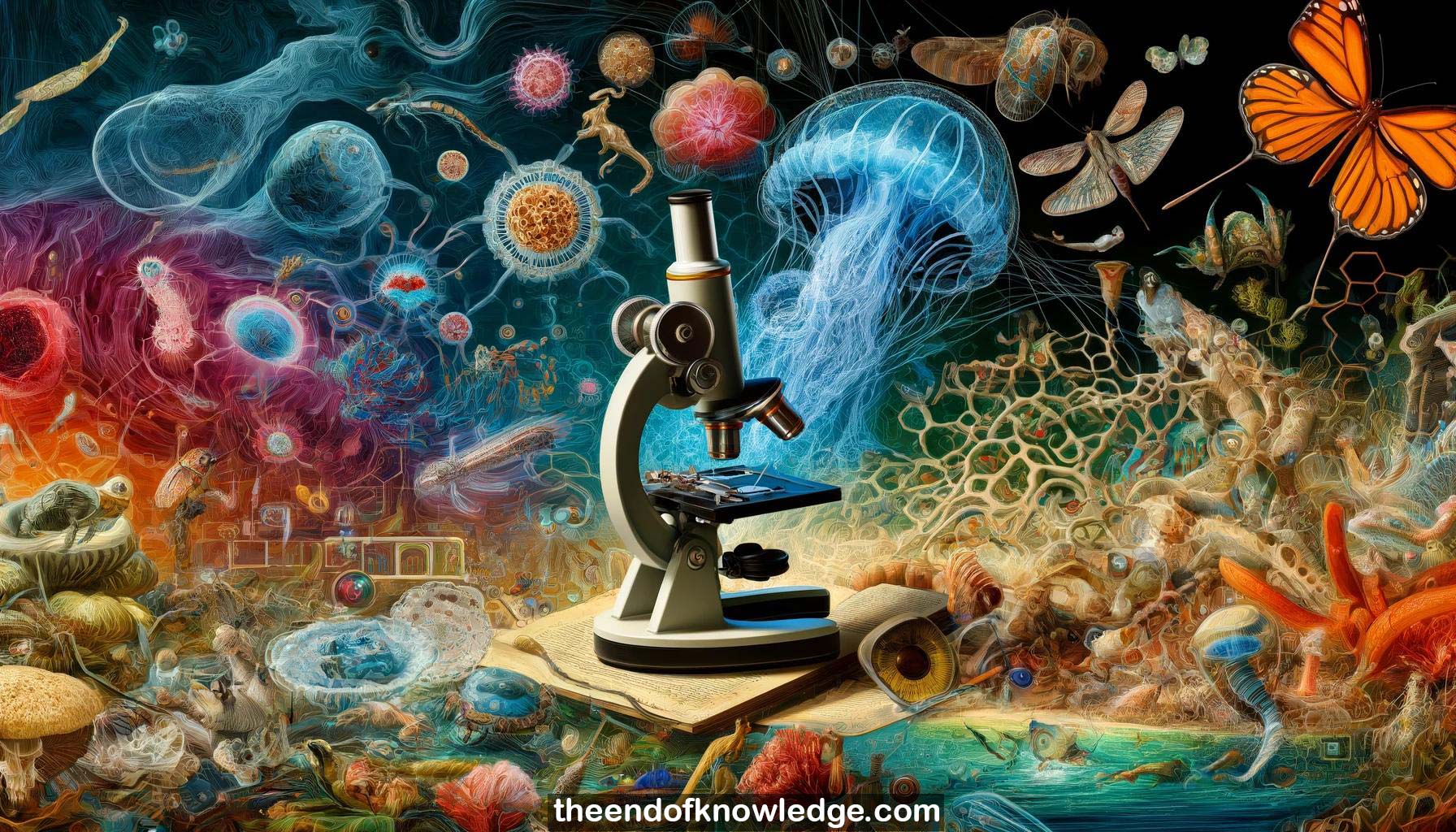 >
>
Concept Graph & Resume using Claude 3 Opus | Chat GPT4 | Gemini Adv | Llama 3:
Resume:
1.-Sofia Crespo, an artist exploring interactions between biology and AI, gave the opening keynote at ICLR 2023, an AI conference in Rwanda.
2.-As a child, Crespo was fascinated by using microscopes to see microstructures and life forms invisible to the naked eye.
3.-In 2018, Crespo was introduced to AI tools like neural style transfer which had a similar impact of revealing new perspectives.
4.-Crespo experimented with using AI to generate textures and images of jellyfish, amphibians, reptiles, birds and insects in a series called Neural Zoo.
5.-The field of artificial life, popular in the 80s/90s, inspired Crespo to explore generating biomorphic shapes and evolved virtual creatures using AI.
6.-Collaborating with engineers, Crespo generated 3D models of insects by training GANs on "MRI-like" image slices of 3D insect meshes.
7.-Crespo printed AI-generated images using 19th century cyanotype techniques to combine modern AI with analog photographic printing hundreds of years old.
8.-AI art has changed rapidly from 2018 to now; back then it required much explanation, now tools like DALL-E, Midjourney are well-known.
9.-Crespo believes in training custom AI models on self-collected datasets vs just using pre-trained models in order to connect with her subjects.
10.-Crespo collects data through methods like diving expeditions with aquatic drones, marine sensors, hydrophones to record across frequencies inaudible to humans.
11.-In one project, Crespo trained models on a handmade dataset of camera-less analog photos using organic materials and plant chlorophyll as emulsions.
12.-To generate 3D models of coral reefs, Crespo used an algorithmic simulation as training data since real 3D scans of seafloors are difficult.
13.-Looking through the Red List of endangered species, Crespo noted many critically endangered species have little available data or images online.
14.-Species that are cute/charismatic like red pandas have much more online data and interest than obscure species like lichen, though both are important.
15.-To highlight this disparity, Crespo scraped iNaturalist to get data on 10,000 species, trained a GAN, and mapped outputs to critically endangered species.
16.-Due to limited training data, the model sometimes generated creatures that looked nothing like the intended species, highlighting the representation problem.
17.-The resulting images were displayed on giant screens in Times Square to raise awareness about the lack of data on many endangered species.
18.-Crespo is exploring using marine sensor data to drive meaningful interactions and generative art, and working with sounds captured via hydrophones.
19.-The paper "Visual Indeterminacy in GAN Art" resonated with Crespo in how GANs can generate images that suggest meaning but defy easy identification.
20.-Crespo is inspired by works like the Codex Seraphinianus which appears to be an encyclopedia of fantastic creatures rendered in a realistic style.
21.-Accidental chimeras from inaccurate illustrations based on explorers' secondhand descriptions in medieval times have a similar appeal as GAN-generated creatures.
22.-Over-hyping new AI tools leads to lots of noise and things dying down faster; Crespo prefers constructive dialog about their actual capabilities.
23.-There is polarized debate in the arts community about the impacts of AI; some proudly declare their work "AI-free", others embrace the tools.
24.-Crespo believes providing opt-out options for artists who don't want their work used for training AI models is important moving forward.
25.-AI achieving photorealism doesn't necessarily make it more interesting to artists; the quirks, imperfections and "indeterminacy" are part of the appeal.
26.-Artistic intent can't be cleanly reduced to technical objectives like classification accuracy; artists may even prefer "overfitting" for certain goals.
27.-There's ongoing philosophical debate on whether AI-generated artifacts can be considered art, and the roles of human intent vs cultural consensus.
28.-The ubiquity of AI tools likely won't make all art converge or stagnate, just as ubiquitous cameras on phones didn't kill creative photography.
29.-AI will become normalized as a tool but dedication and having something meaningful to express will still distinguish art as a means of self-expression.
30.-When collaborating with artists, engineers should respect that optimizing everything isn't always the goal; imperfections and manual processes can be desirable.
Knowledge Vault built byDavid Vivancos 2024